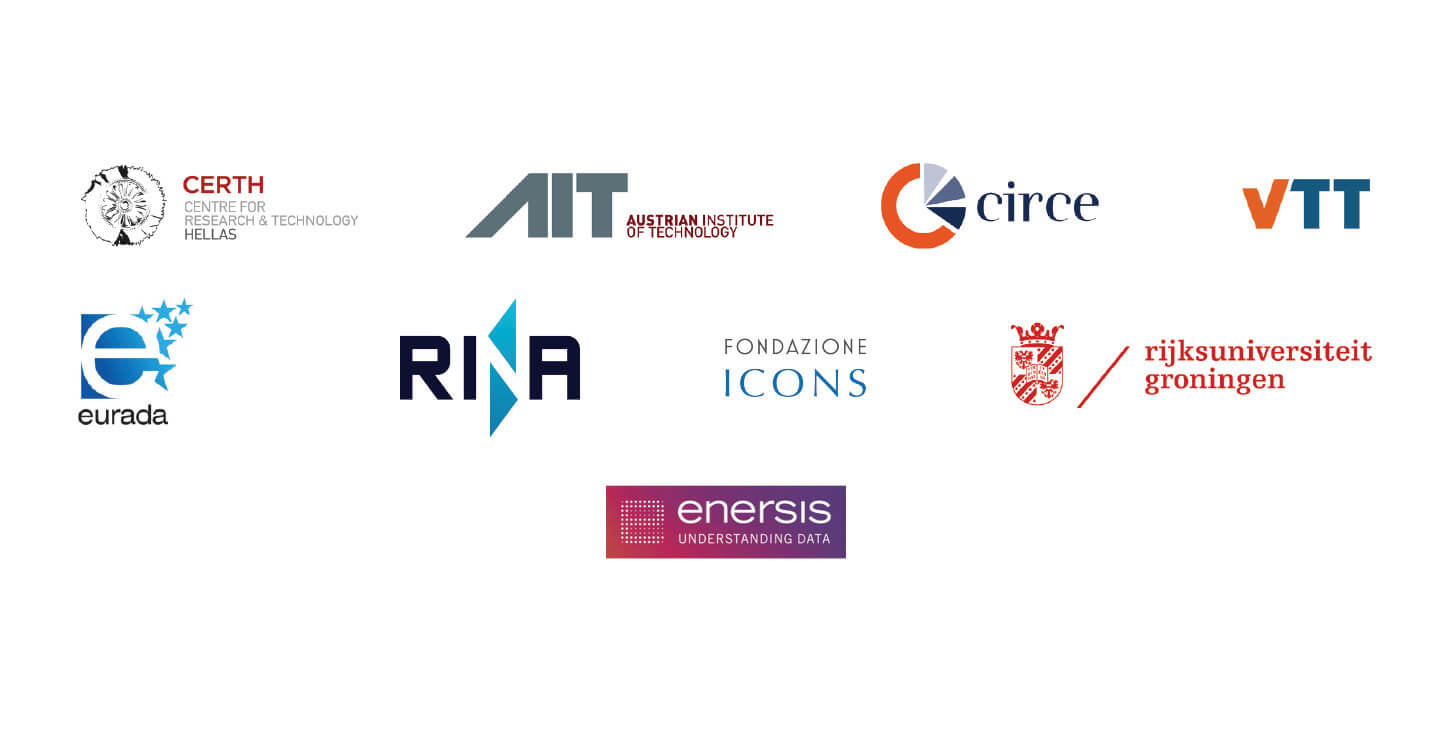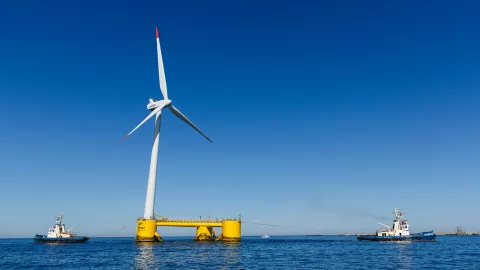Goals
POCITYF is a smart city-oriented project, whose major goal is to deliver a set of Positive Energy Blocks – a limited geographic area whose average local renewable generation is greater than its consumption – in the Lighthouse cities of Evora (PT) and Alkmaar (NL) and their Fellow cities Granada (ES), Bari (ΙΤ), Celje (SI), Ujpest (HU), Ioannina (GR) and Hvidovre (DK).
With the creation of Positive Energy Blocks and Districts, POCITYF aims to transform those cities’ mixed-urban environments, with a strong emphasis on cultural and historical protected areas, into cheaper, healthier, more accessible and reliable spaces for their citizens. In one word, the goal is to improve, in a sustainable and citizen-driven manner, the wellbeing in the 7 mentioned cities.
The main challenges facing the cities of today
POCITYF: The energy marketplace and community
One of the greatest challenges of project POCITYF is to make ancient cities more sustainable, accessible and even competitive, compared to other cities that do not have the same historic heritage. "In other words, a family's ZIP code should not affect its sustainability prospects. People living in these ancient cities must also have a set of tools that will allow them to become greener," says José Campos Costa. But how can this be achieved? Through energy-positive buildings and districts – endowed with renewable solutions that respect the city's historic heritage; smart energy management and storage systems (which make it possible to take advantage of those buildings' flexibility); social innovation in order to give citizens the role of technology co-creators (rather than users who will simply adopt it); and also electric mobility and MaaS (Mobility as a Service) solutions.
"One of the solutions we planned for POCITYF, which is actually one of the most innovative solutions, is the local energy marketplace, a tool that drives the electrification of the sharing economy. There are several use cases here, the most obvious of which is to enable some buildings with surplus green energy to sell it to their neighbors, on a peer-to-peer basis," says the head of the Energy-Positive Communities department at EDP NEW.
In addition to the local marketplace, which will allow neighbors to buy and sell green energy among themselves – cheaper than energy from the grid –, the project will also have a virtual currency, a token, to reward the sustainable behavior of Évora residents, thus combining technological and social innovation. "Basically, this is an incentive so that people will be rewarded for their sustainable behavior even if they cannot have photovoltaic panels on their roofs," says José Campos Costa. Users of this platform will also be able to donate energy to mitigate the needs of energetically vulnerable communities.
The three Ds, and C for Customization
Along the same line, José Campos Costa says that POCITYF is also working to create a communal solar farm. "This communal solar farm will consist of a photovoltaic hub on the outskirts of the city, so that citizens can benefit from the energy generated there, almost like the shareholders of a company receiving their dividends. This will allow Évora residents to have a virtual energy portfolio, with the aim of reducing both their energy costs and their carbon footprint."
The goal here is that this solution will be perceived as a renewable energy community, a customized solution for citizens living in historically protected areas, the livability of which has been a major challenge for municipalities. In addition to the potential for replicating these solutions in other cities across Portugal and Europe – a continent brimming with protected urban spaces –, this solution also works as an instrument to attract citizens to these areas. "Thus, besides the three Ds – decarbonization, digitization and decentralization – which are crucial for the energy transition process, I would dare to add a C for customization."
"All the solutions described here center the transition process on individuals. Whether as citizens, tourists or consumers. In an increasingly connected world, such customization becomes crucial, as people's behavior and habits grow more flexible in both their personal and professional spheres. People are starting to demand that urban infrastructure be more elastic, that systems respond more quickly and, if necessary, in a more customized manner. Endowing cities with this intelligence and flexibility democratizes the transition process itself, and also gives people a sense of ownership and deep engagement on this road to a greener world," concludes José Campos Costa.
To achieve that, POCITYF will deploy a total of 10 integrated solutions, comprising 73 innovative elements (technologies, tools, methods), rooted under existing City Information Platforms. The project will be carried out along 4 Energy Transition Tracks (ETT), namely:
- ETT#1: tackling the transformation of existing and new building stock into energy positive;
- ETT#2: focusing on the application of grid flexibility strategies and storage systems, supported by DSM platforms for optimizing energy flows to maximize self-consumption and reduce grid stress;
- ETT#3: addressing the integration of e-Mobility to promote the decarbonisation of the mobility sector and alleviate inner-city traffic;
- ETT#4: as an enabling layer of the above transition tracks, this intends to offer inclusive and holistic services for interdisciplinary citizen engagement and cocreation strategies with the city stakeholders and industry, towards the development of each city’s own bold city-vision up to 2050.
Overall, POCITYF will therefore add layers of smartness in key city infrastructures, technologies and services (i.e. buildings, energy grid, e-mobility), creating new possibilities to make cities safer, greener and more available to the needs of their citizens, businesses and other organizations.
Highlights
- Led by NEW R&D/EDP Labelec
- Consortium formed by 46 partners from 13 countries: Portugal, Spain, Italy, Germany, Greece, The Netherlands, Slovenia, Hungary, Denmark, Finland, Austria, Belgium and Switzerland
Cities
In the Lighthouse Cities of:
- Évora, Portugal
- Alkmaar, The Netherlands
The 10 integrated solutions will be developed, tested and monitored. These cities will act as exemplars by helping fellow cities to plan and initiate the replication of the deployed solutions.
In the Fellow Cities of:
- Granada, Spain
- Bari, Italy
- Celje, Slovenia
- Ujpest, Hungary
- Ioannina, Greece
- Hvidovre, Denmark
Part of the solutions tested in the lighthouse cities will be replicated, accordingly to their local contexts. Replication plans will be developed during the course of POCITYF, designed through the lessons learned and experiences of the lighthouse cities.
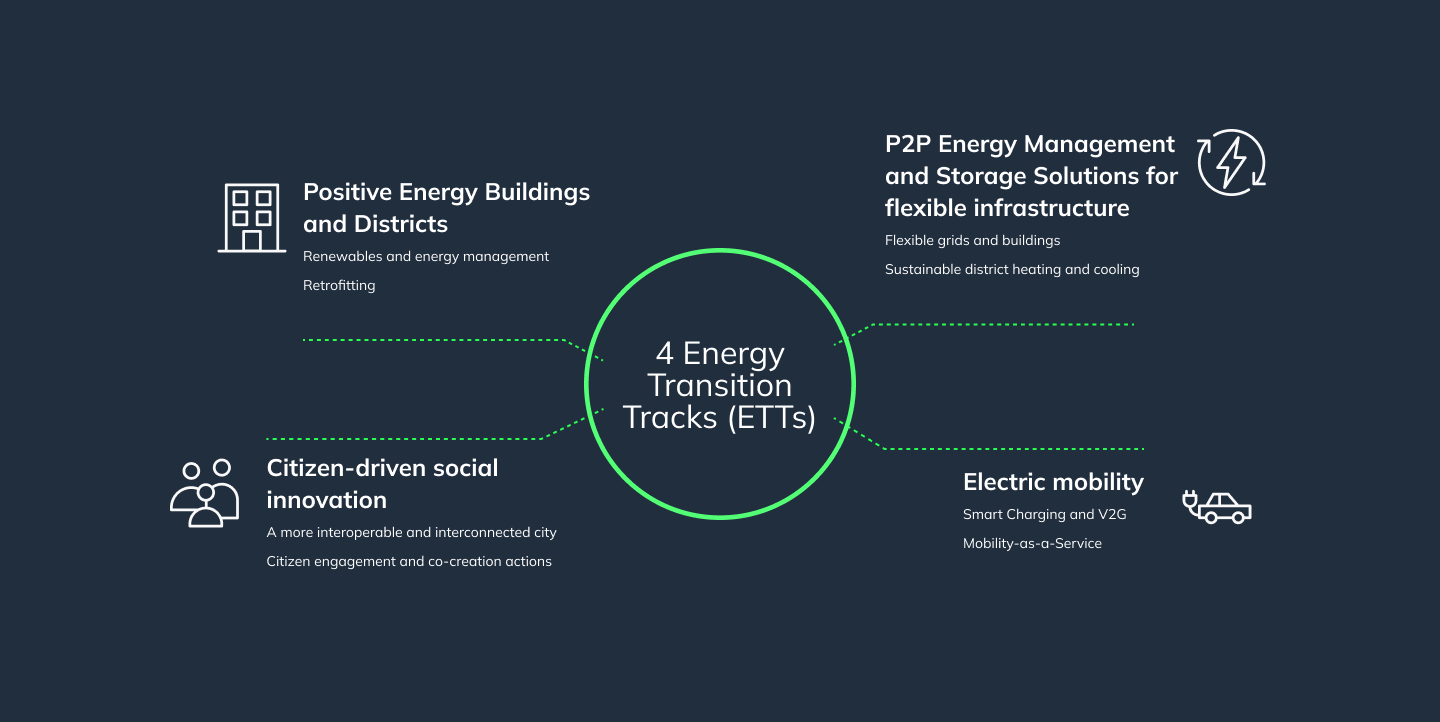

NEW R&D / EDP Labelec’s scope
NEW R&D/EDP Labelec will be the project coordinator of POCITYF. It will also be:
- One of the major actors in Évora demonstration activities, both grid and market-related, for instance:
- Assist in the integration distribution grid tools;
- Act as operator of local energy market;
- Simulate market participation with buildings-flexibility;
- The responsible for the Work Package on clustering and coordination with smart city initiatives and partnerships;
- An active contributor to the initial definition of POCITYF framework and solutions’ requirements, citizen engagement strategies and business models across circular and sharing economy.
Partners
Évora Partners:
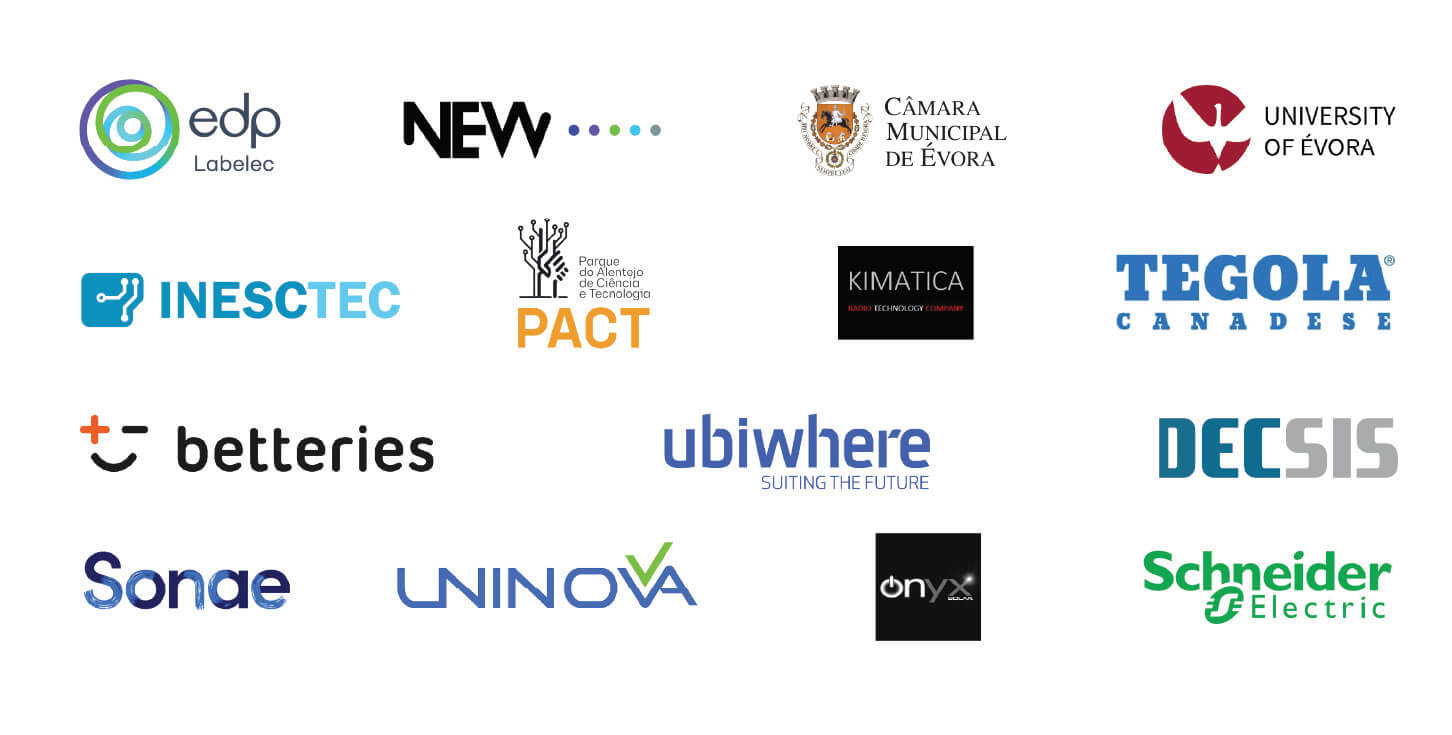
Alkmaar Partners:
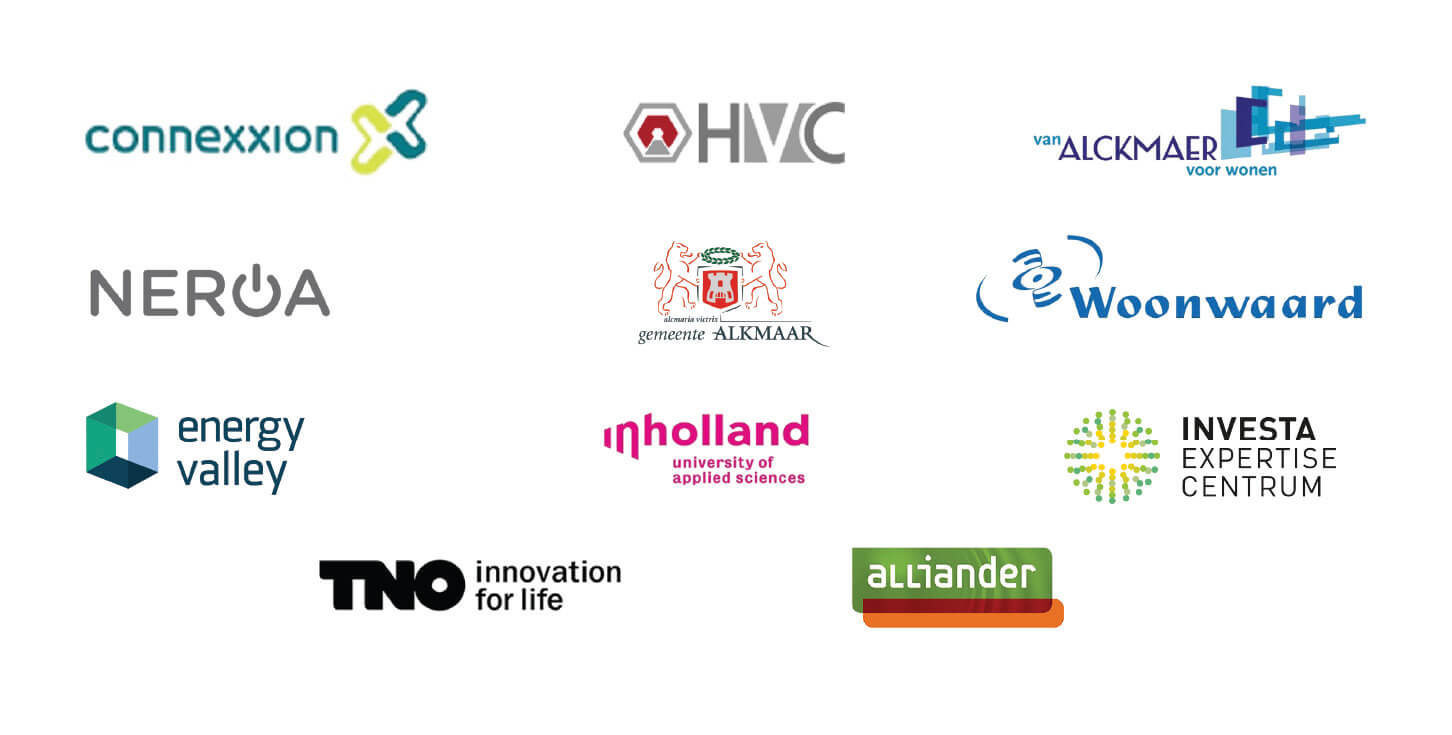
Fellowcities’ partners:
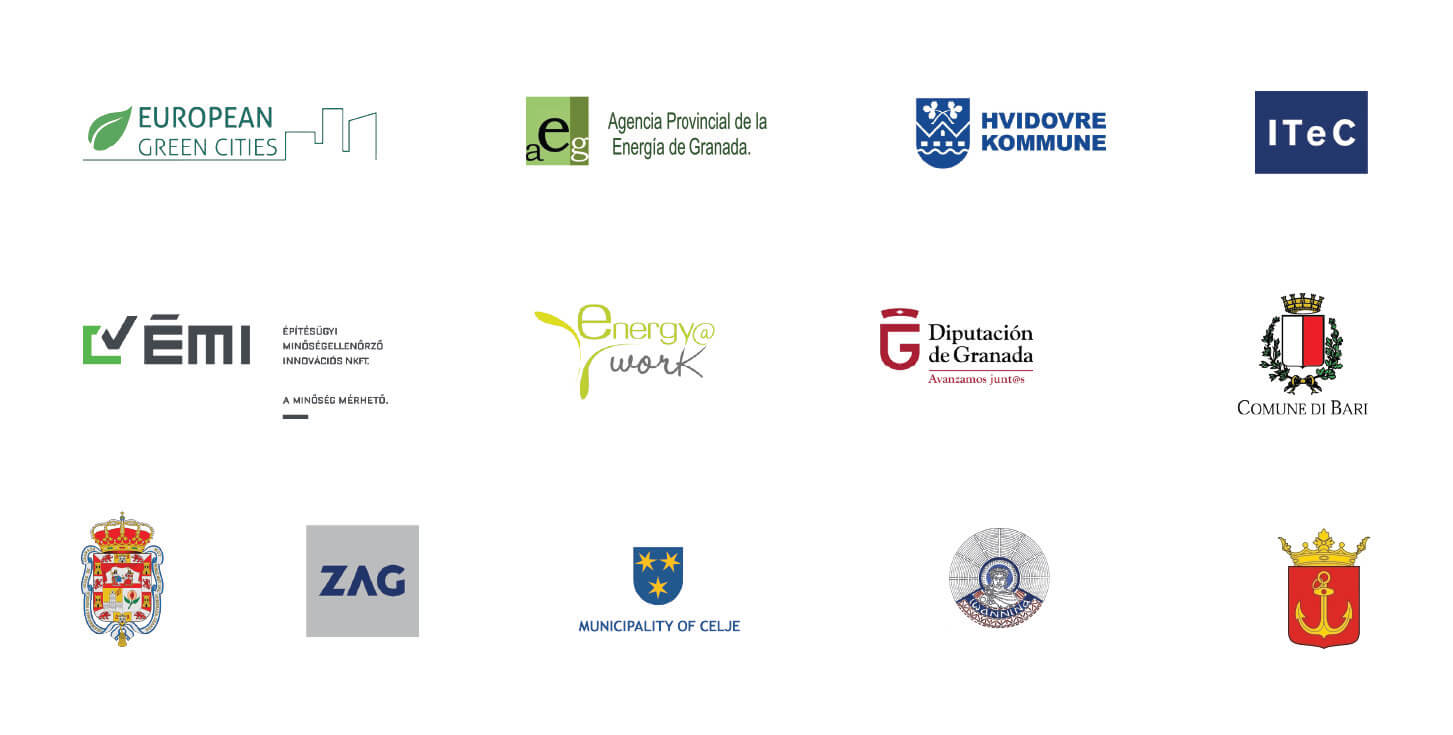
Horizontal Partners
